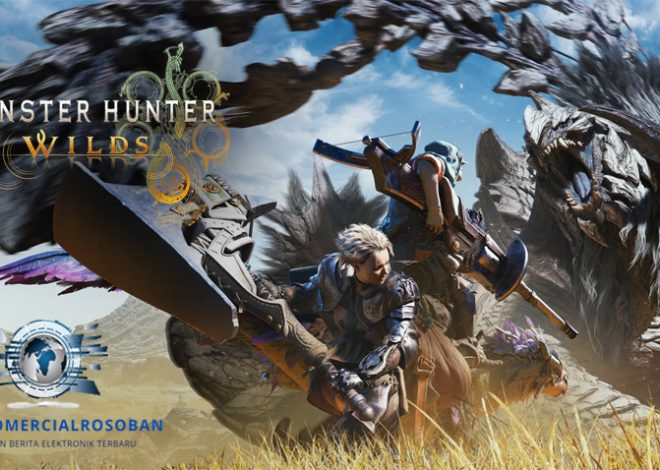
The Evolution and Impact of Sonic the Hedgehog
Introduction Sonic the Hedgehog
When Sonic the Hedgehog burst onto the video game scene in 1991, he was more than just a new game character; he was an emblem of speed, rebellion, and coolness that would eventually become a cultural phenomenon. Created by SEGA as a direct competitor to Nintendo’s Mario, Sonic became an icon that transcended video games, influencing pop culture, fashion, and even the comic book industry. Let’s dive into the fascinating world of Sonic the Hedgehog and explore how this speedster became a timeless legend.
The Genesis of Sonic the Hedgehog
The journey of Sonic the Hedgehog began as SEGA sought to develop a flagship character that could compete with Mario. Yuji Naka, Hirokazu Yasuhara, and Naoto Ohshima were the main minds behind Sonic, aiming to create a character who would appeal to audiences worldwide. The blue color, the quills that resembled Michael Jackson’s hair, and the red shoes were all intentional design elements that contributed to Sonic’s unforgettable persona.
Gameplay Mechanics
When “Sonic the Hedgehog” was first released for the SEGA Genesis in 1991, its high-speed gameplay was revolutionary. The game introduced unique mechanics like loops, springs, and collecting golden rings. Sonic’s gameplay emphasized momentum and reflexes, setting it apart from other platformers.
The Rivalry with Mario
The 1990s saw a legendary rivalry between SEGA’s Sonic and Nintendo’s Mario. Both companies went head-to-head in advertising, with SEGA often employing aggressive campaigns that directly challenged Nintendo. This rivalry not only boosted sales but also fueled the growth of video game culture during the ’90s. The two characters have since crossed over in various games, like the “Super Smash Bros.” series, showcasing the impact both have had on the gaming industry.
Spin-offs and Expanded Universe
Sonic the Hedgehog isn’t confined to video games alone. The character has appeared in comic books, cartoons, and even a feature film. The “Sonic the Hedgehog” comic series published by Archie Comics ran for 24 years, earning a spot in the Guinness World Records for the longest-running comic series based on a video game. Sonic’s influence in pop culture is apparent through various collaborations with other franchises and incorporation into memes, music, and art.
Reception and Impact
Sonic games have been both critically acclaimed and commercially successful, with the franchise selling over 140 million copies worldwide. However, Sonic’s journey hasn’t been entirely smooth; the series has had its fair share of criticisms, particularly concerning the quality of some of the later games. Despite this, Sonic’s cultural impact is irrefutable, serving as an influence for subsequent video games and becoming a character beloved by multiple generations.
Sonic in the Modern Era
Sonic continues to remain relevant today, with new series games still being developed, like “Sonic Forces” and “Sonic Mania.” The character also made it to the big screen with the “Sonic the Hedgehog” movie in 2020, which received a warm reception from both audiences and critics alike.
Conclusion Sonic the Hedgehog
Sonic the Hedgehog is more than just a video game character; he’s an icon that has left an indelible mark on various facets of culture and entertainment. From a simple yet captivating gameplay concept, Sonic has evolved into a multi-dimensional character with a rich universe. Whether you grew up collecting rings on the SEGA Genesis or discovered Sonic through its various other mediums, one thing is clear: the world’s fastest hedgehog isn’t slowing down anytime soon.
As Sonic himself would say, “Gotta go fast!” And indeed, in the realms of gaming, pop culture, and beyond, Sonic the Hedgehog has done just that, carving a unique path that ensures his legacy will continue to speed on for generations to come.



